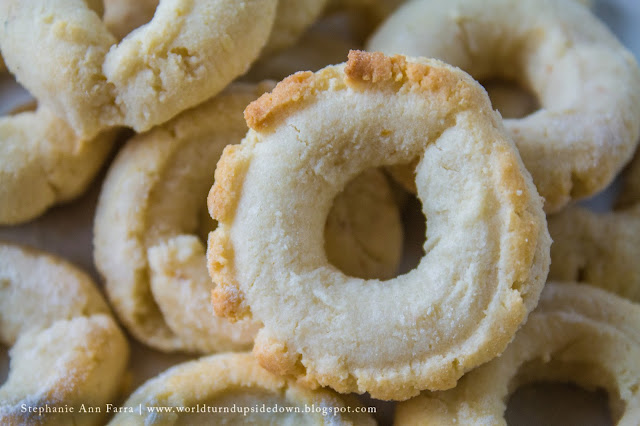 |
| William Hogarth, 1755 |
There's something funny about Colonial dates. You'll see someone in a church record born on the 10th, but on their tombstone, it says the 21. This problem shows up frequently in genealogical research. People reason away the discrepancy:
They just didn't keep good records back then.
The church log must be recording the baptism date not the birth date.
The family but have misremembered the date at burial.
Birthdays weren't a big thing so they probably forgot it.
A lot of people couldn't read back then so their parents must have told it to them wrong.
The list goes on and on and these theories are possible but even if you ignore those pesky discrepancies there's still another thing that's weird about Colonial dates. Sometimes people double dated things. 1752/3. Well which was it?
Julian or Gregorian Calendars?
Much of this confusion is due to how people kept time. During the early 18th Century, most of the British empire was using the Julian calendar, a calendar of 365.25 days first put into use by Julius Cesar in 46 BC. But by the 1700s problems arose with the calendar. Most Roman Catholic nations were using the Gregorian calendar, which caused confusion in international affairs and the math was flawed so there ended up being a lot of odd leap years and religious holidays drifted too far away from their celestial markers.
In an attempt to reconcile the differences, the Parliament decided to change over to the Gregorian calendar in 1751/52. Confusing already? The Gregorian calendar was enacted in 1582 by Pope Gregory XIII. It was a calendar of 365.2425 days and reduced the number of leap years while aligning holidays closer with the lunar calendar.
Happy New Year's Day, Again
Sometimes double dating was to bridge confusion between the Julian calendar and the Gregorian calendar but other times it was an attempt to bridge the January 1st New Year with the legal new year, especially for dates written between the two. Sometimes both dates were written out full but many times were just written with a slash: 1751/2. At the time of the calendar transition the designations O.S. (Old Style) and N.S. (New Style) were also sometimes used to eliminate confusion.
That's a Nice 11 Days You've Got There, It would be a Shame If Something Happened to Them
Part of reconciling the two calendars meant losing days. The members of Parliament chose 11 days in September to eliminate.September 3 to September 14th didn't exist in 1752. If you think people get upset over losing an hour during Daylight Savings time you can only imagine the uproar losing 11 days caused. There was a whole lot of grumbling but little more than complaining happened. The William Hogarth painting (Above) shows a banner that reads "Give us our Eleven Days."
All these changes did cause disagreements at the time and have made it hard for modern day genealogists to keep in order. For instance, George Washington was born on February 11, 1731, before the calendar change. He celebrated his 21st birthday on February 22, 1753, despite having already been 21 for a year. It's clear how the calendar change could easily cause confusion with indentured servitude obligation, rent payments and age based inheritances. George Washington's tomb reflects the date change and lists him as being born in 1732.
Hope Everyone has a great New Year 2017 N.S.!






















